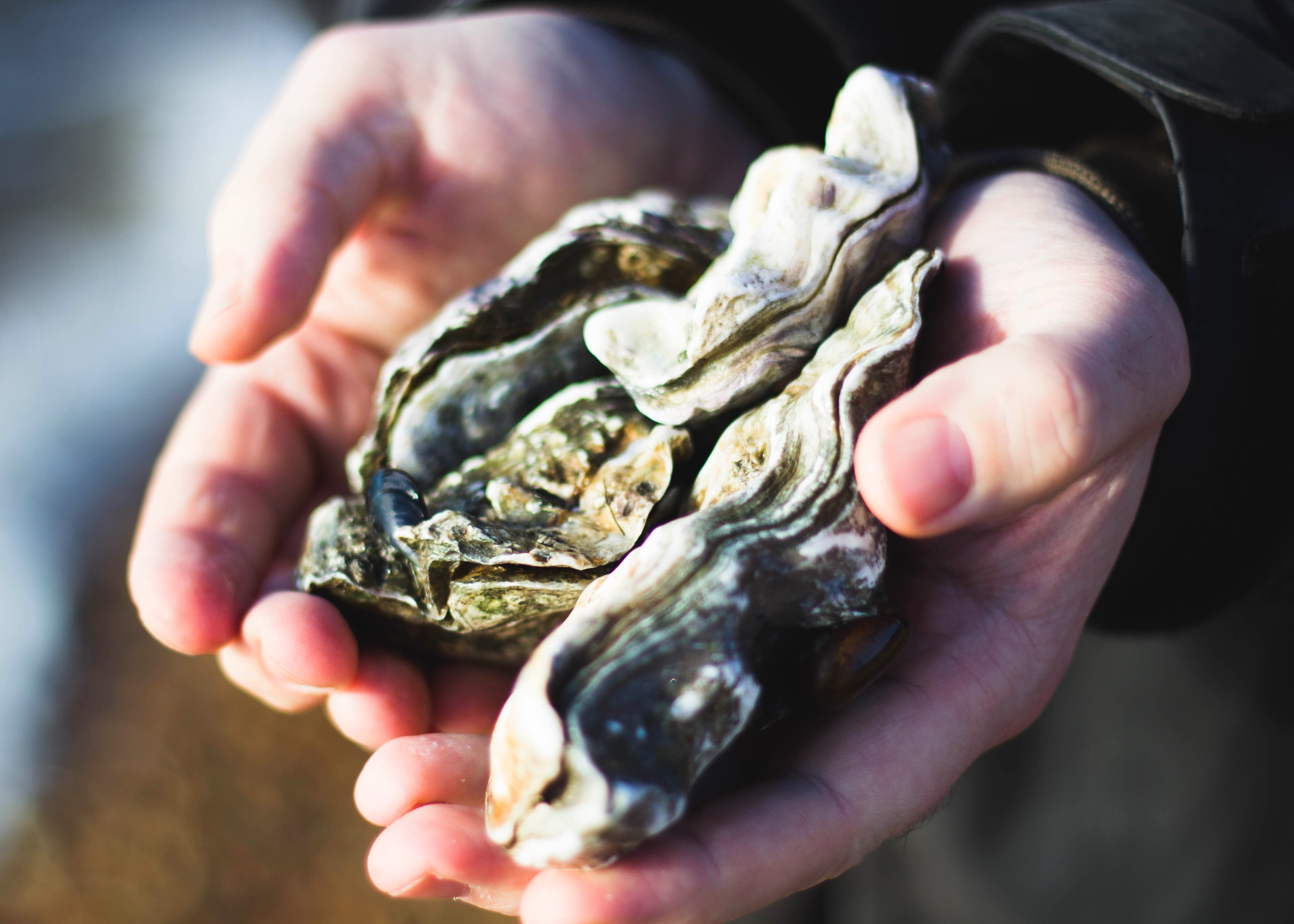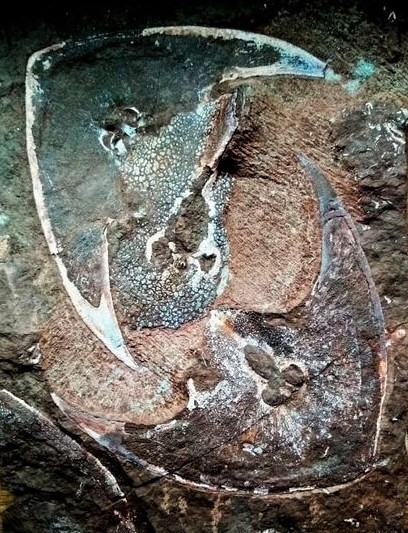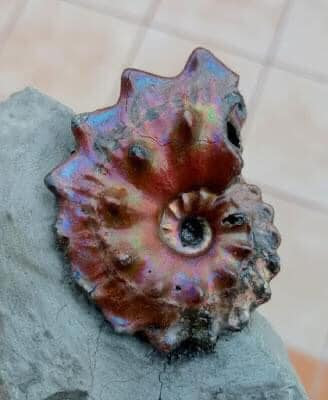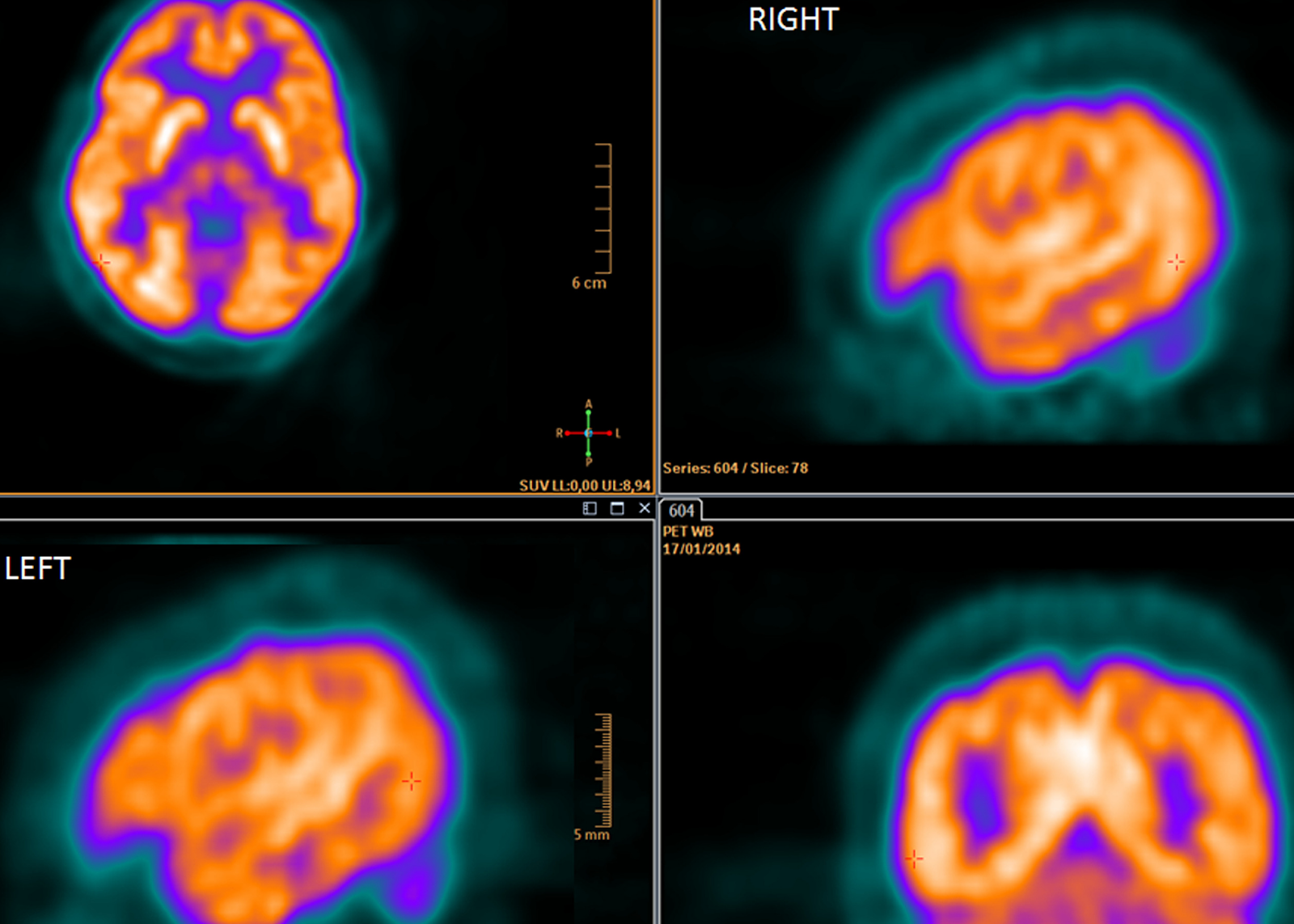 First Nation Shell Middens And True Oysters
First Nation Shell Middens And True OystersOne of the now rare species of oysters in the Pacific Northwest is the Olympia oyster, Ostrea lurida...
 Zenaspis: Lower Devonian Bony Fish Of Podolia, Ukraine
Zenaspis: Lower Devonian Bony Fish Of Podolia, UkraineA Devonian bony fish mortality plate showing a lower shield of Zenaspis podolica (Lankester, 1869)...
 Oil in Water Beauty: Euhoplites of Folkstone
Oil in Water Beauty: Euhoplites of FolkstoneSheer beauty — a beautiful Euhoplites ammonite from Folkstone, UK. These lovelies have a pleasing...
 Carnotaurus sastrei: Flesh Eating Bull
Carnotaurus sastrei: Flesh Eating BullCarnotaurus sastrei, a genus of large theropod dinosaurs that roamed the southern tip of Argentina...





 A beautiful specimen of the ammonite, Anahoplites planus (Mantell, 1822) from Albian deposits in Courcelles-sur-Voire, Aube, north-central France. Anahoplites (Sowerby, 1815) is a genus of compressed hoplitid ammonites with flat sides, narrow, flat or grooved venters, and flexious ribs or striae arising from weak umbilical tubercles that end in fine dense ventrolateral nodes.
A beautiful specimen of the ammonite, Anahoplites planus (Mantell, 1822) from Albian deposits in Courcelles-sur-Voire, Aube, north-central France. Anahoplites (Sowerby, 1815) is a genus of compressed hoplitid ammonites with flat sides, narrow, flat or grooved venters, and flexious ribs or striae arising from weak umbilical tubercles that end in fine dense ventrolateral nodes.
 An exquisite fossil specimen of an Eusthenopteron Fordi from the upper Devonian (Frasnian), Eescuminac Formation, Miguasha Park, Bay of Heat, Gaspé, Quebec, Canadian Museum of Natural History, Miguasha Collection.
An exquisite fossil specimen of an Eusthenopteron Fordi from the upper Devonian (Frasnian), Eescuminac Formation, Miguasha Park, Bay of Heat, Gaspé, Quebec, Canadian Museum of Natural History, Miguasha Collection.
 This fossil specimen of the fruit of the lotus, Nelumbo, was found by Green River Stone (GRS) in early Eocene outcrops of the Fossil Lake Member of the Green River Formation. The awesome possums from GRS are based out of North Logan, Utah, USA and have unearthed some world-class specimens. They've found Nelumbo leaves over the years but this is their first fossil specimen of the fruit.
This fossil specimen of the fruit of the lotus, Nelumbo, was found by Green River Stone (GRS) in early Eocene outcrops of the Fossil Lake Member of the Green River Formation. The awesome possums from GRS are based out of North Logan, Utah, USA and have unearthed some world-class specimens. They've found Nelumbo leaves over the years but this is their first fossil specimen of the fruit. 




